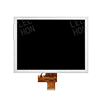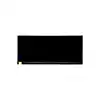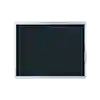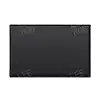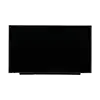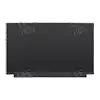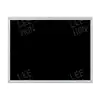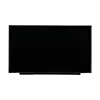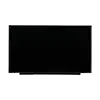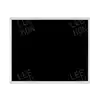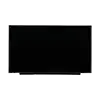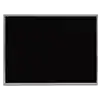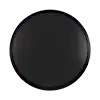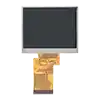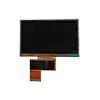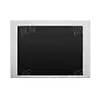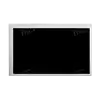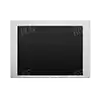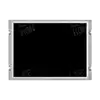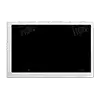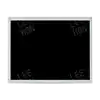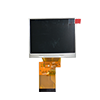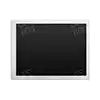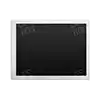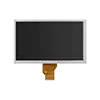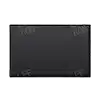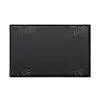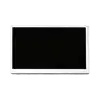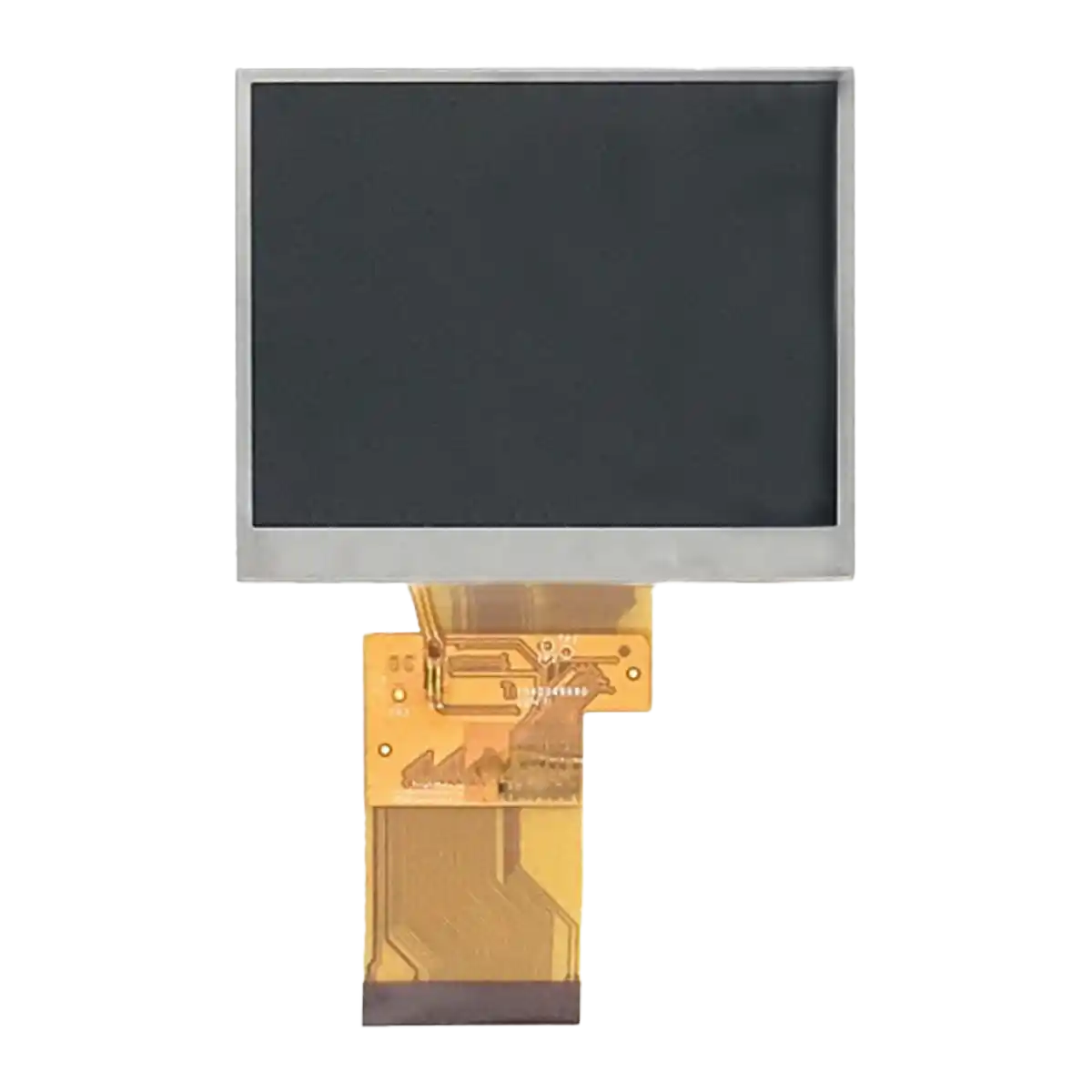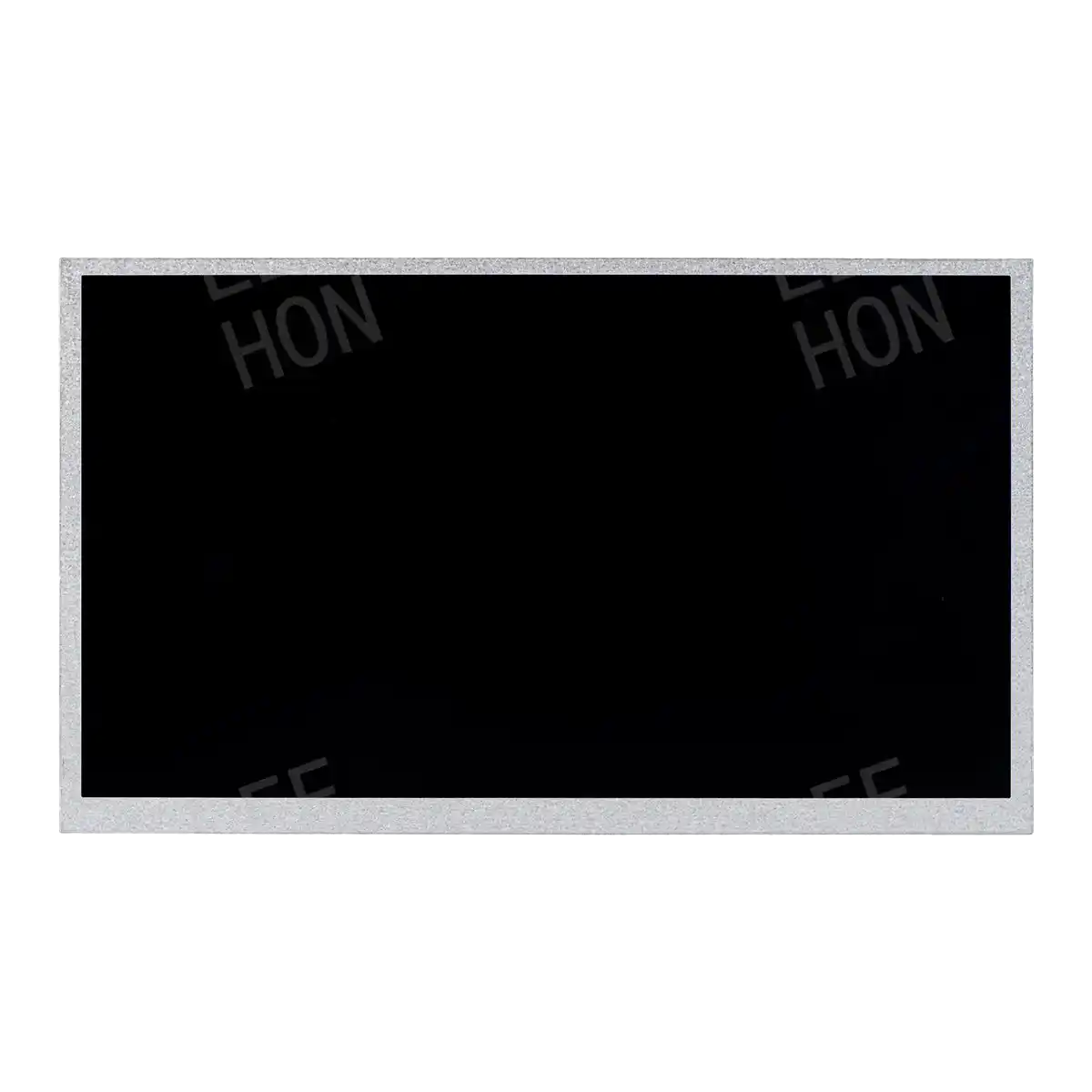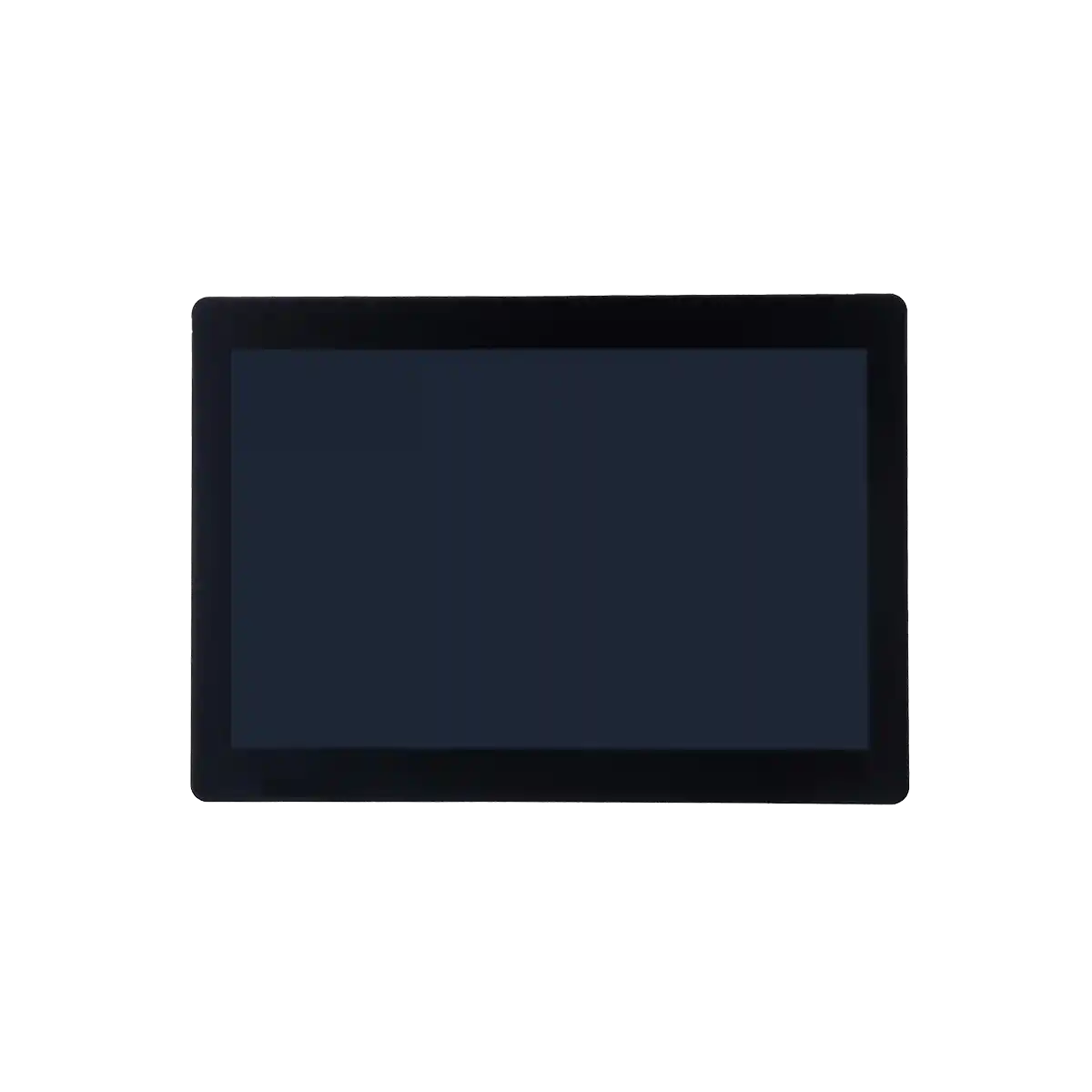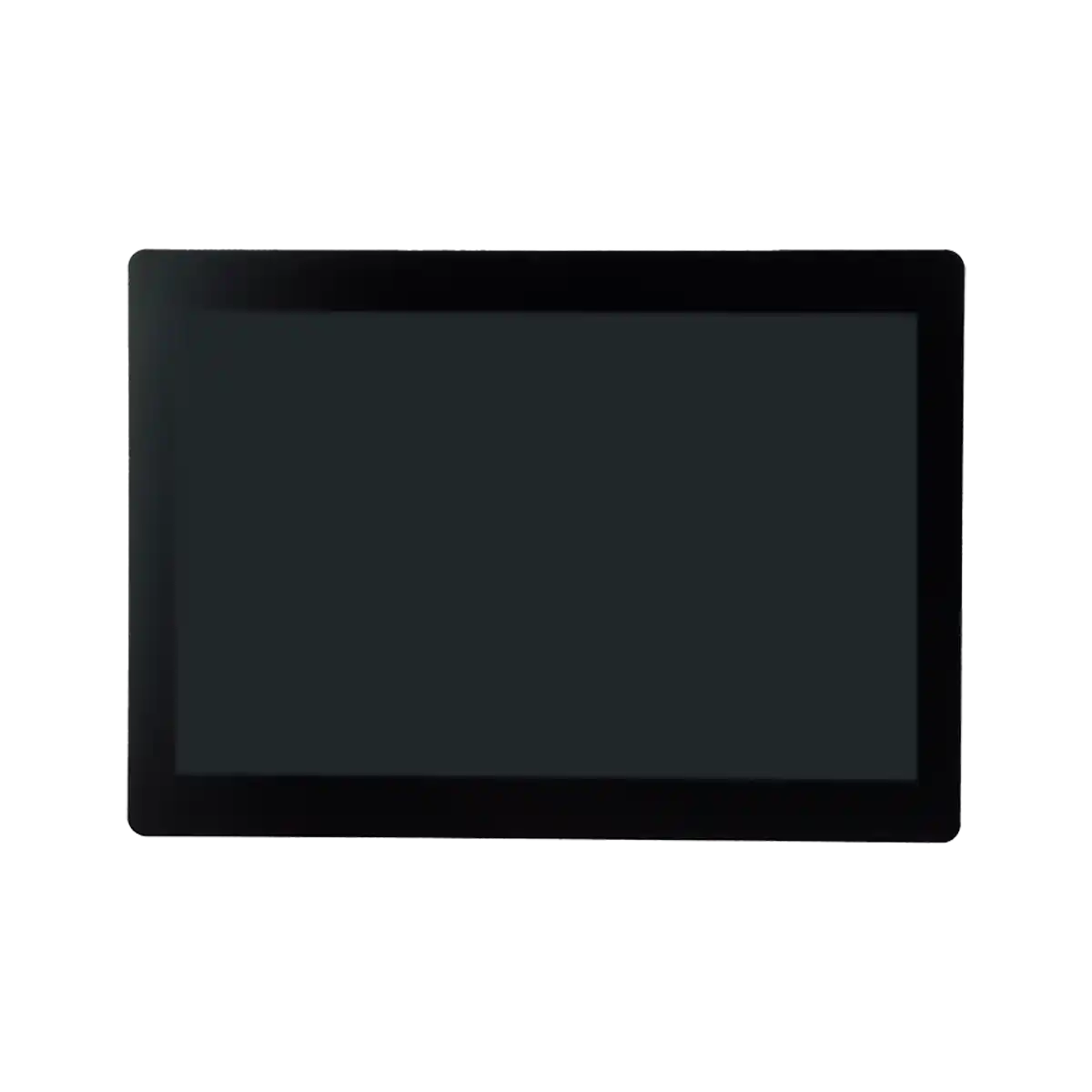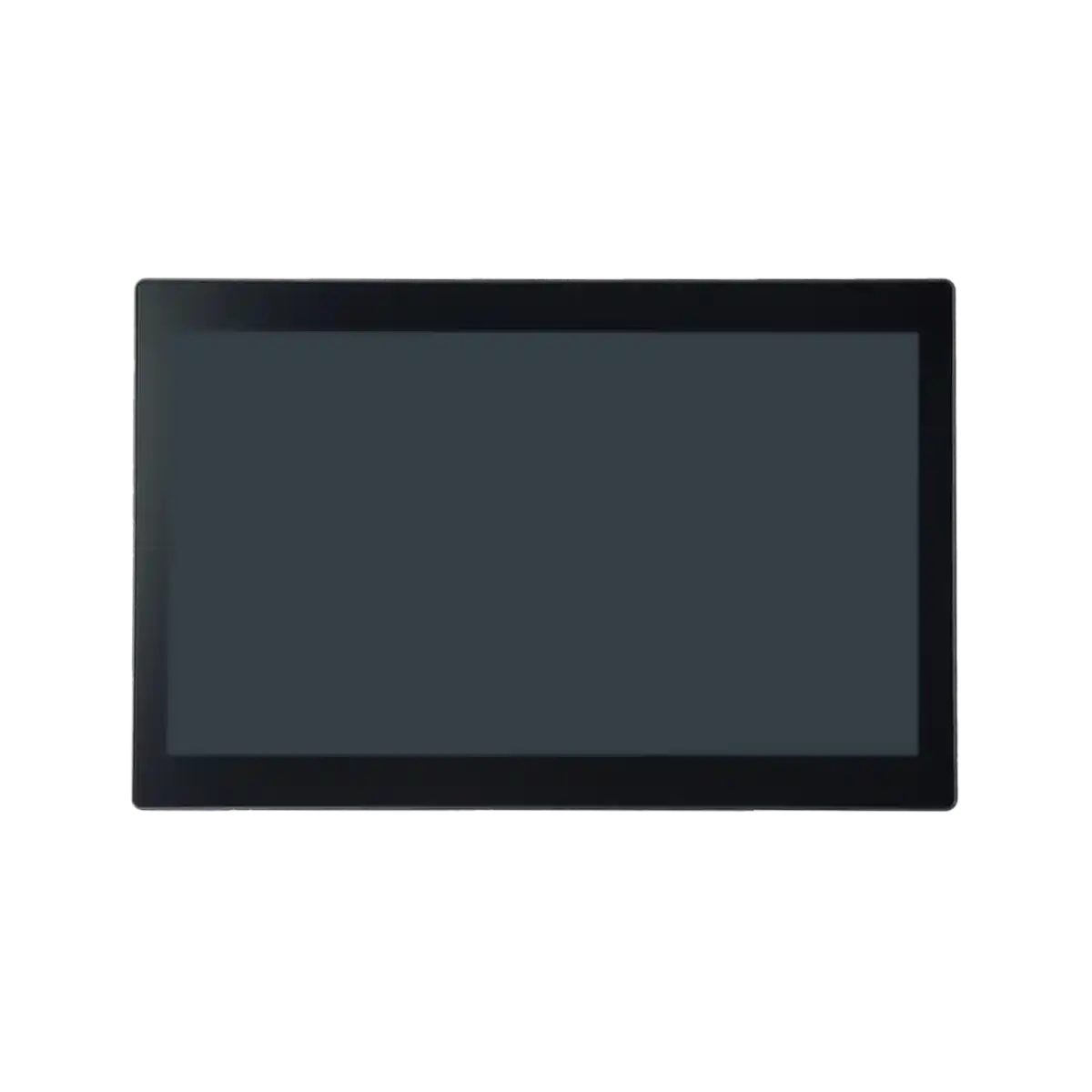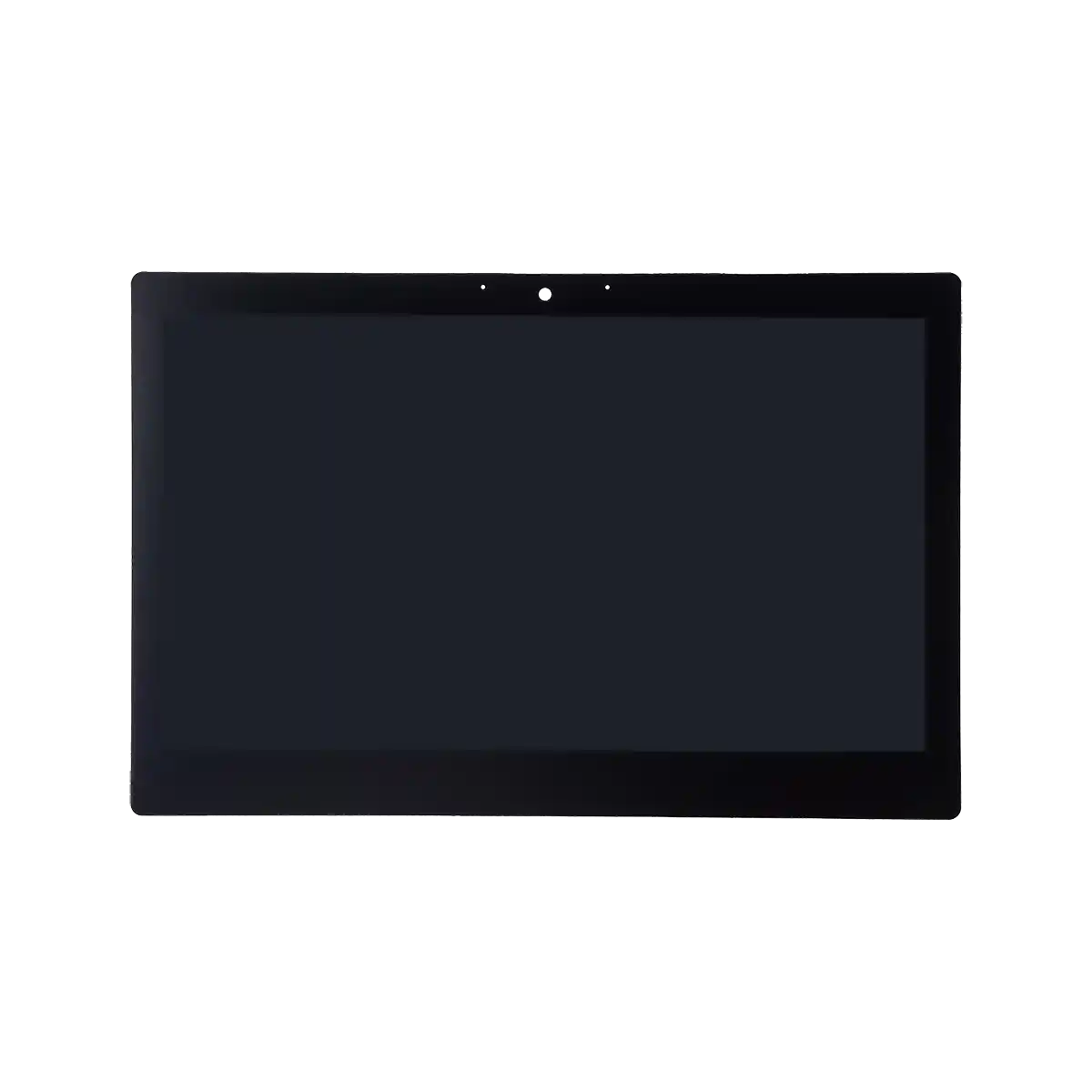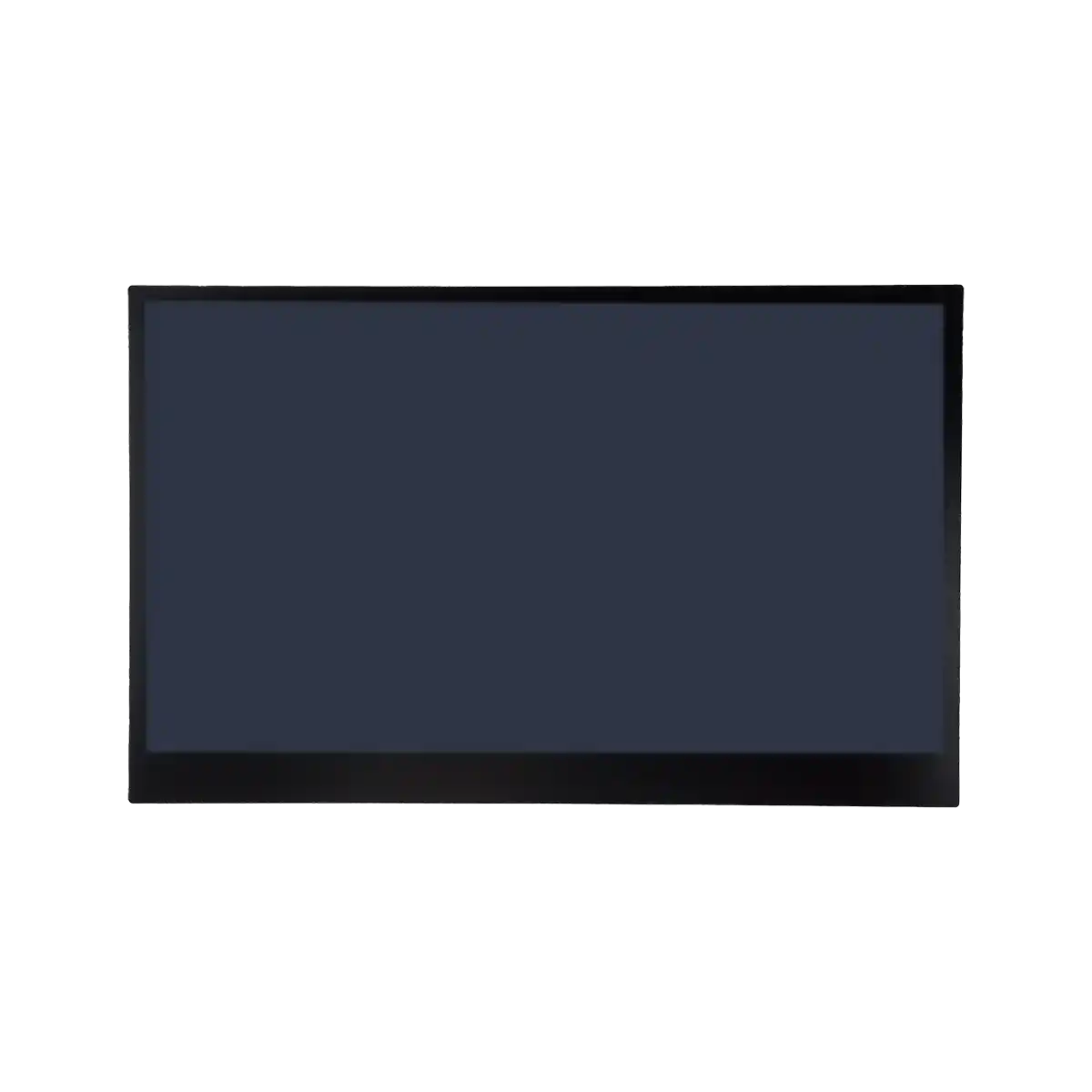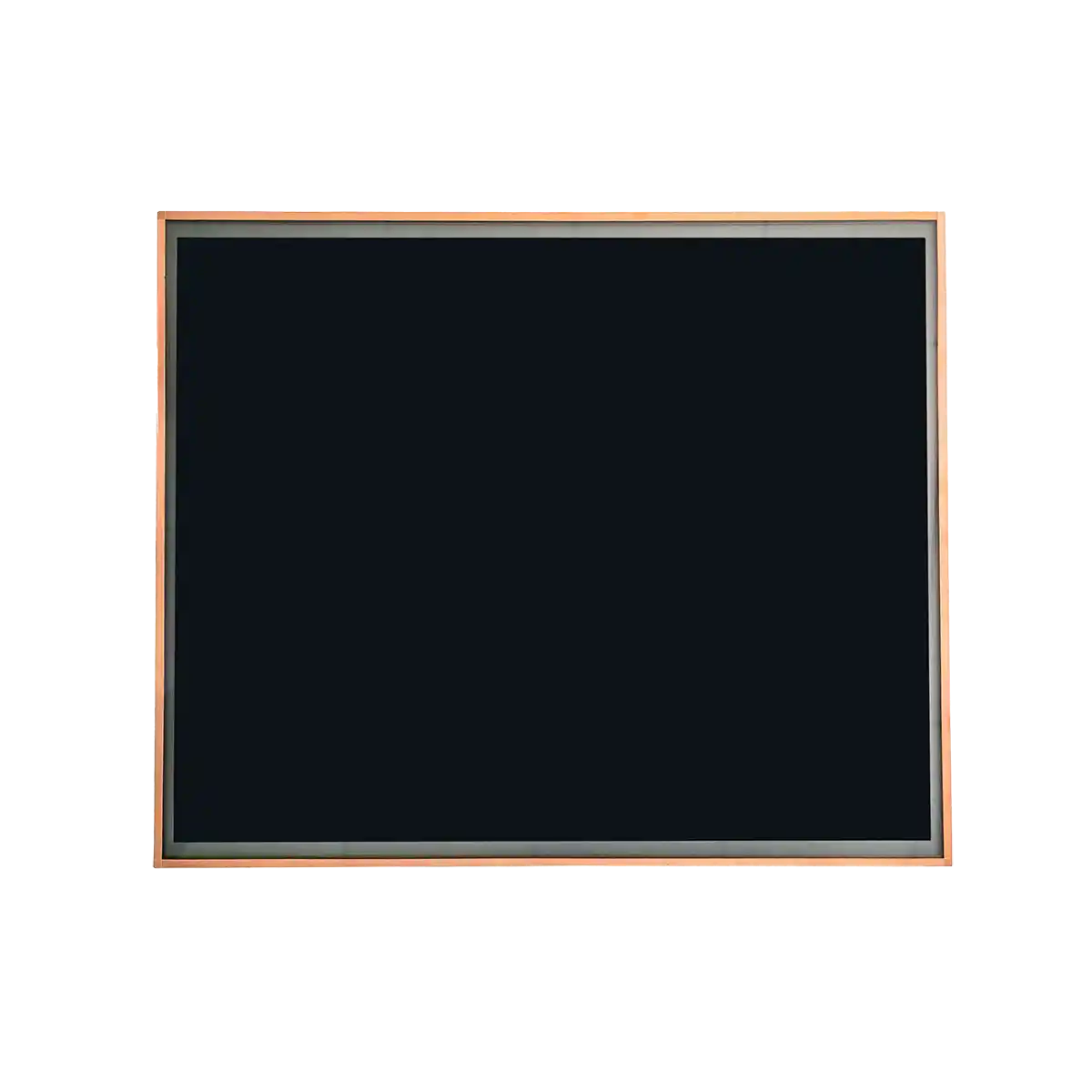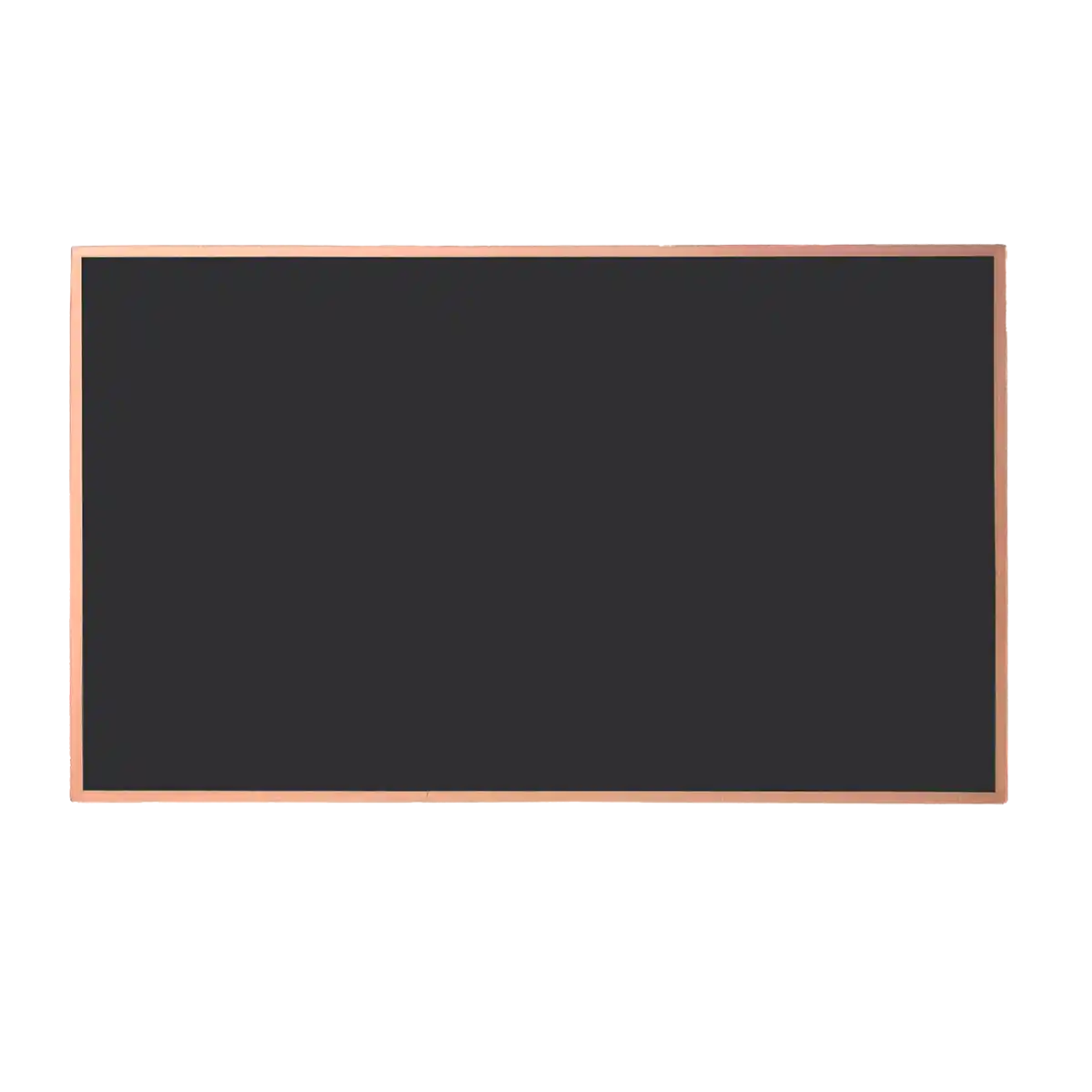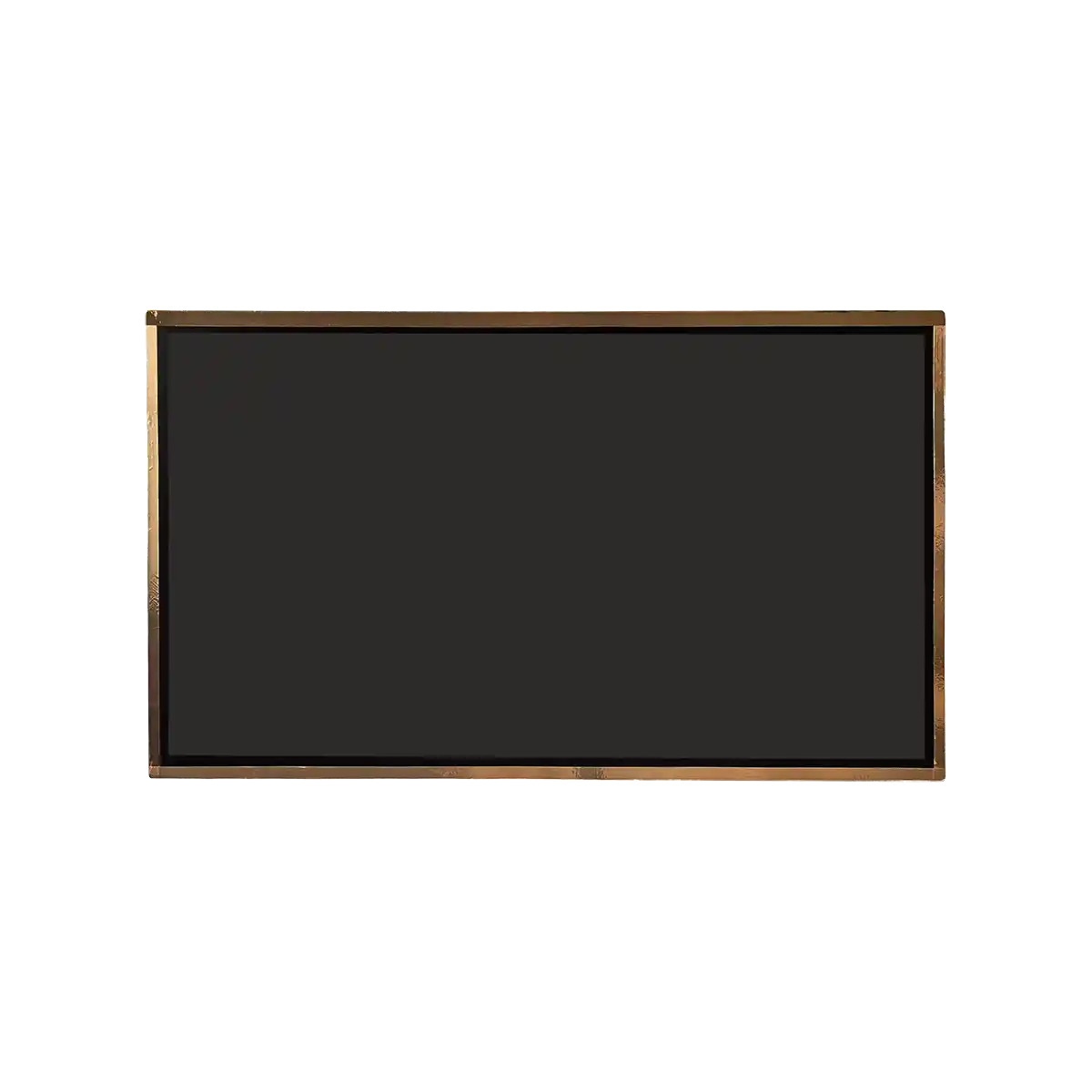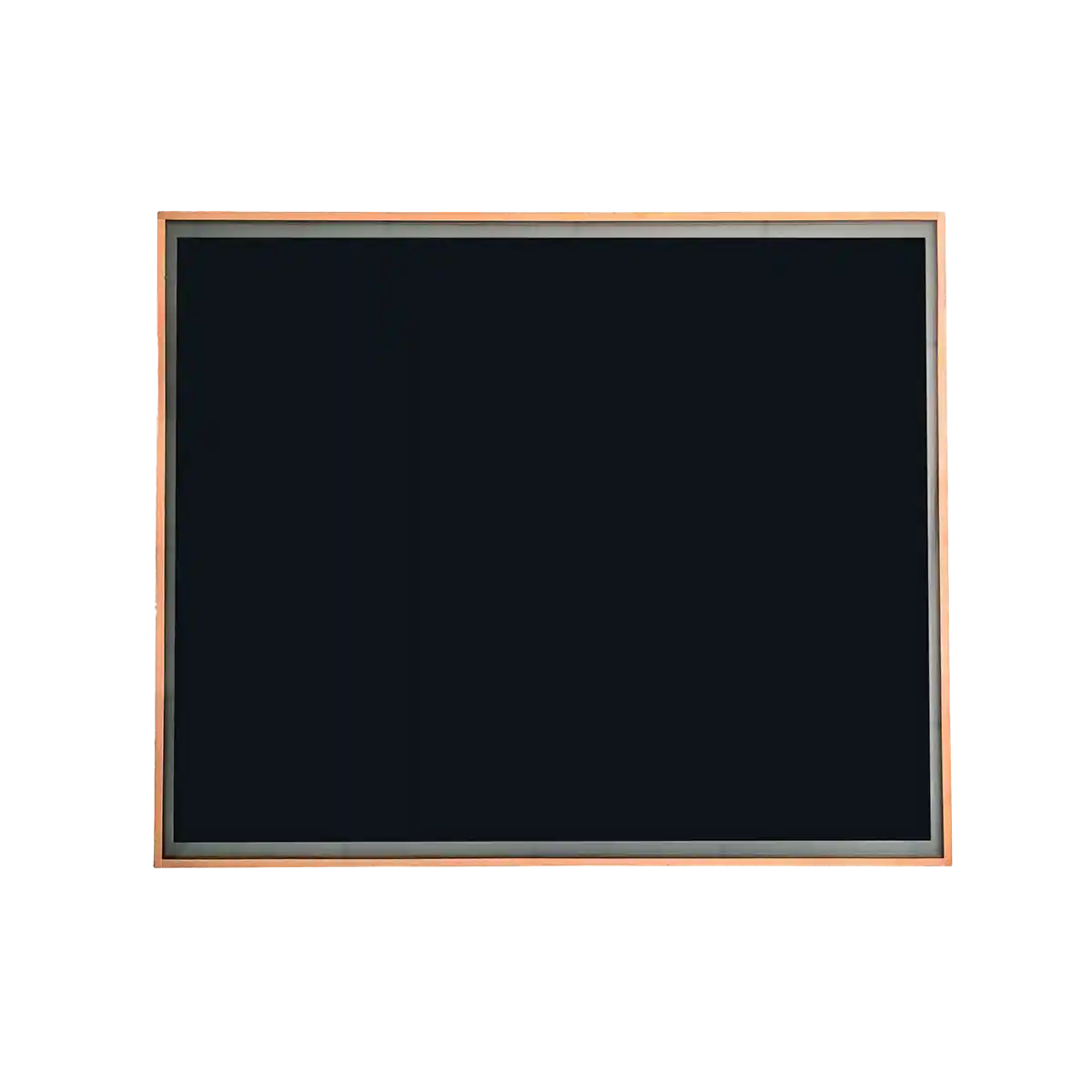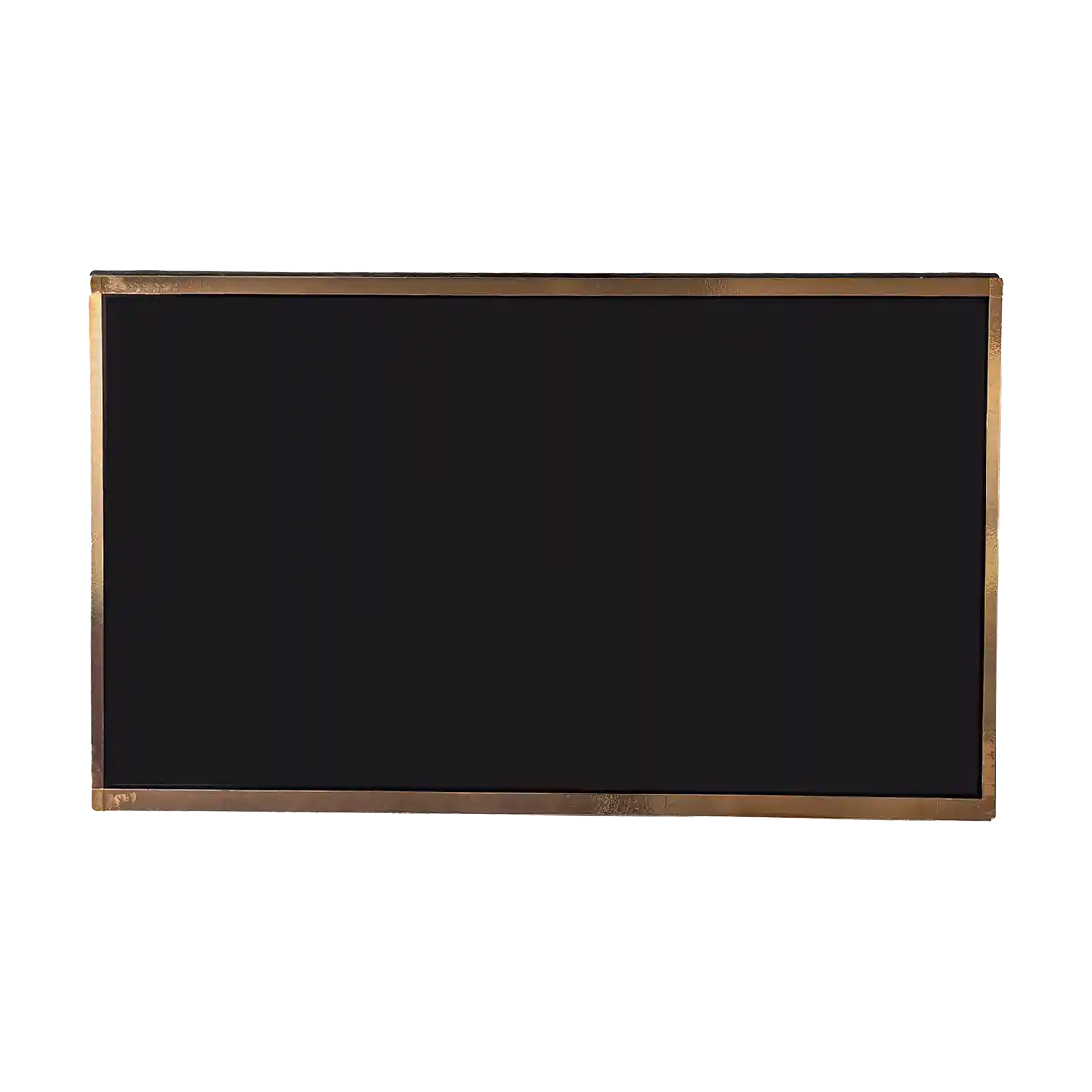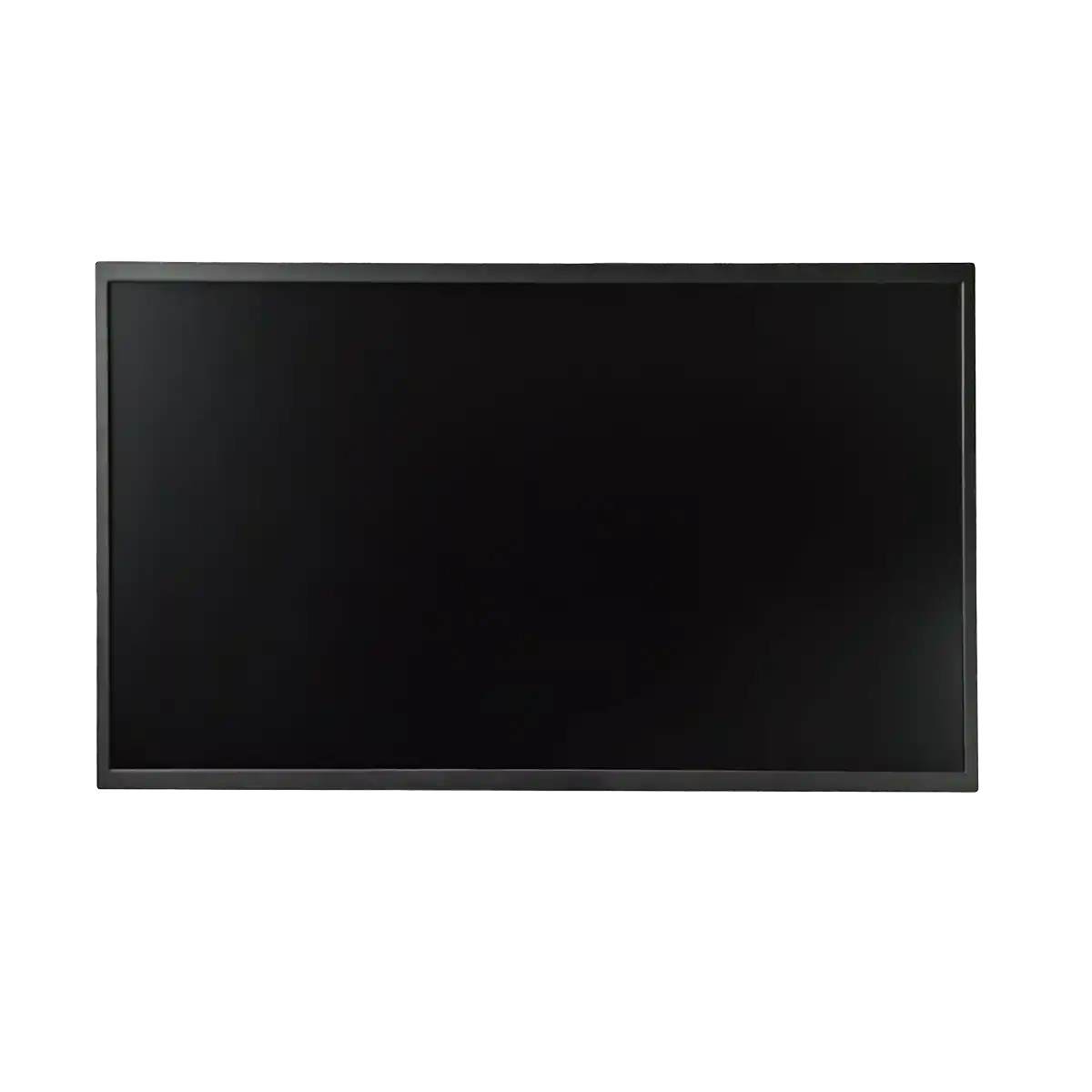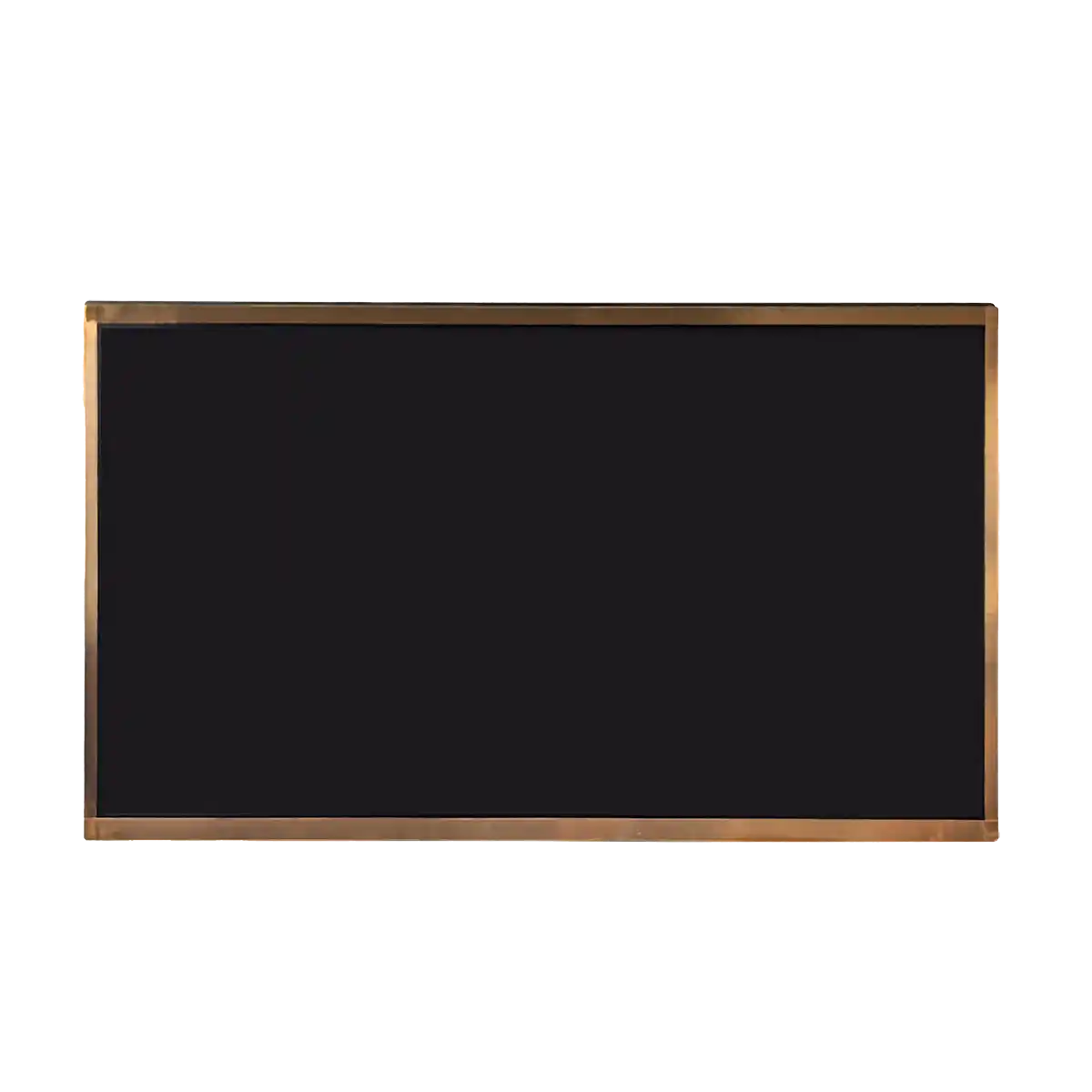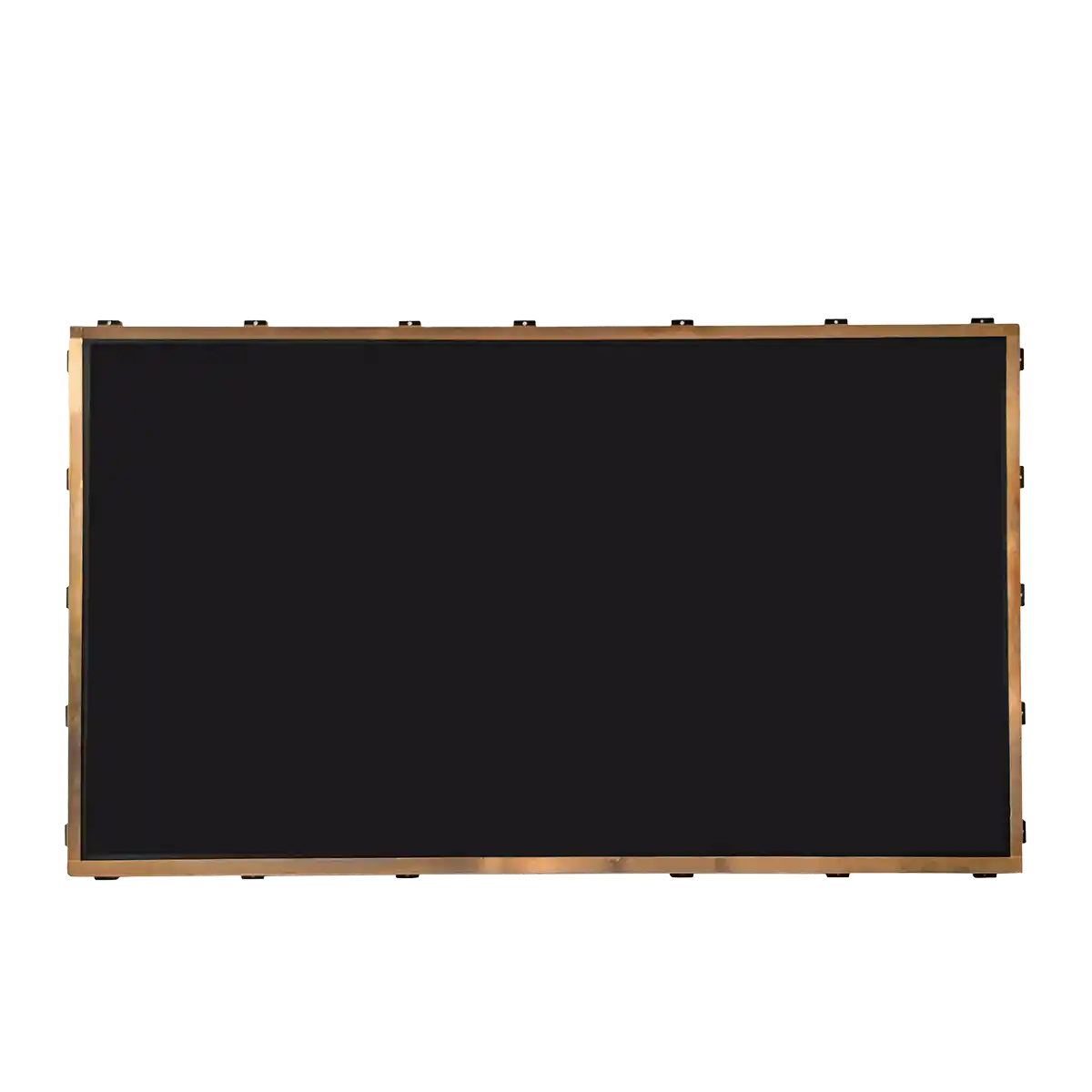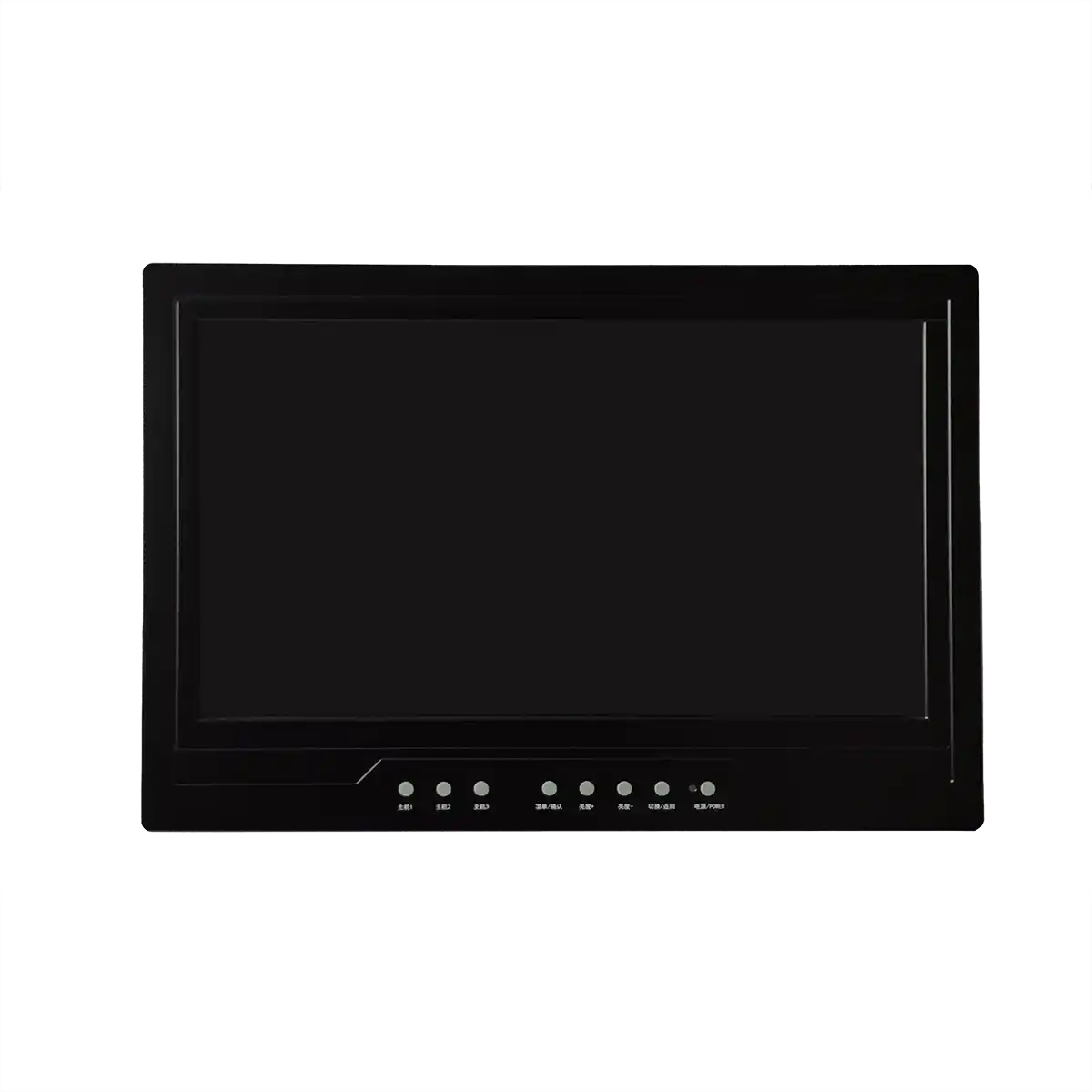Industrial LCD Screens: Optimizing for Performance
Optimizing Industrial LCD Screens for performance involves several key considerations, starting with the display's resolution. Resolution refers to the number of pixels that a display can show horizontally and vertically, with higher resolutions providing more detailed images. For industrial applications, an optimal resolution ensures that intricate details are visible, which is crucial for tasks like quality control and precision manufacturing.

Another critical factor is the screen's brightness, measured in nits. Industrial environments often have high ambient light levels, and a high-brightness display ensures that the screen remains readable under these conditions. High-brightness Industrial LCD Screens typically have a brightness level of 700 nits or more, allowing for clear visibility even in direct sunlight.
Contrast ratio is also an essential performance metric, representing the difference between the brightest white and the darkest black that a screen can display. A high contrast ratio is vital for industrial applications where the distinction between different shades of gray is necessary for accurate readings and diagnostics.
Furthermore, Industrial LCD Screens must be designed with durability in mind. This includes the use of materials that can withstand temperature extremes, humidity, and potential physical impacts. Sealed enclosures and reinforced glass are common features that enhance the resilience of these displays.
The viewing angle is another aspect that contributes to performance. Industrial LCD Screens should maintain image quality and color accuracy across a wide range of viewing angles to accommodate workers at different positions relative to the display.
Conclusion
The optimization of Industrial LCD Screens for performance is a multifaceted endeavor that encompasses resolution, brightness, contrast ratio, durability, and viewing angles. By addressing these factors, manufacturers can ensure that their displays provide clear, reliable, and accurate information in the demanding conditions of industrial settings. As technology advances, the continued refinement of these screens will further enhance their capabilities, solidifying their role as essential components in the industrial landscape.
Expansion
Expanding on the topic, the future optimization of Industrial LCD Screens will likely include advancements in touch technology. Projected capacitive touch, for example, offers high sensitivity and the ability to register multiple touch points simultaneously, which can be invaluable for complex control interfaces in industrial applications.
Energy efficiency will also be a focus area, with the development of screens that consume less power without compromising on performance. This could involve the use of LED backlighting, which is more energy-efficient than traditional cold cathode fluorescent lamps (CCFLs), or the integration of ambient light sensors that adjust the screen's brightness based on the surrounding light conditions.
In addition, the integration of smart features such as built-in diagnostics, remote monitoring, and automated calibration will further optimize the performance of Industrial LCD Screens. These features can help in predictive maintenance, reducing downtime and improving the overall efficiency of industrial operations.
Lastly, the development of flexible and curved Industrial LCD Screens will open up new possibilities for their integration into industrial equipment. These form factors can provide ergonomic benefits and allow for more seamless integration into the design of machinery and control panels.
In conclusion, the optimization of Industrial LCD Screens is a dynamic and evolving process that will continue to adapt to the needs of the industrial sector. As these displays become more sophisticated, they will not only improve the performance of industrial equipment but also contribute to the overall efficiency and safety of the manufacturing process.
Recommended Articles
-
Are the displays in Tesla's Cyb
2024-12-10 -
Interpretation Report on AUO's
2024-12-05 -
ADS Pro: The Future of Display
2024-12-04 -
The Trajectory of South Korea's
2024-12-04 -
Practical Applications of Indus
2024-09-26 -
Hangzhou LEEHON Technology supp
2024-09-14 -
How to Check for Issues in Indu
2024-09-11 -
How does an LCD screen find ind
2024-09-11 -
What is the difference between
2024-09-11 -
In-depth analysis of the develo
2024-09-10


